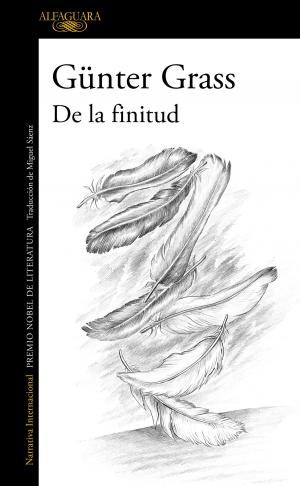Spirit of the Siberian Tiger: Folktales of the Russian Far East
Fiction & Literature, Cultural Heritage, Literary Theory & Criticism| Author: | Alexander Dolitsky | ISBN: | 9781476006246 |
| Publisher: | Alexander Dolitsky | Publication: | April 17, 2012 |
| Imprint: | Smashwords Edition | Language: | English |
| Author: | Alexander Dolitsky |
| ISBN: | 9781476006246 |
| Publisher: | Alexander Dolitsky |
| Publication: | April 17, 2012 |
| Imprint: | Smashwords Edition |
| Language: | English |
Dolitsky and Michael have selected four of Nagishkin’s folktales in which the Siberian tiger is closely associated with the main characters. The Siberian tiger is a native species of the Southeastern region of the Russian Far East, and an essential neighbor of the aboriginal people. Sharing the same land with the tiger for many generations, Native inhabitants of the region came to recognize the tiger’s dominant presence among wildlife. The tiger is admired for its strength and agility, and feared for its ferociousness. As a central figure in their culture and everyday life, the Siberian tiger is viewed by Natives as an integral part of their universe, belief systems, and code of behavior.
The rationale for selecting folktales featuring the Siberian tiger is to alert the reader to the declining numbers of this species in its natural and historic habitat, to call for continuing preservation of this fascinating animal, and to educate those interested in folktales of the aboriginal peoples of the Russian Far East.
Today, with dramatic climate change and global warming, along with the rapid increase in the world’s population and extensive exploitation of natural resources, some creatures – gorillas, whales, polar bears and Siberian tigers, among others – are endangered, and may become extinct in the near future.
Alarmed by undeniable changes in the world’s physical and ethnic “landscapes,” some are returning to the world view and wisdom of our ancestors that acknowledged humans’ integral relationship with our environment and the creatures with whom we share it, recognizing that we are not alone on Planet Hearth. Mankind undoubtedly cannot live apart from nature and survive when our fellow creatures are gone. Planet Earth may be likened to a grain of sand on a mile-long sandy beach, or, more accurately, to a stone crowded with survivors – innumerable living species marooned on common spherical ground, flying through the universe together.
Dolitsky and Michael have selected four of Nagishkin’s folktales in which the Siberian tiger is closely associated with the main characters. The Siberian tiger is a native species of the Southeastern region of the Russian Far East, and an essential neighbor of the aboriginal people. Sharing the same land with the tiger for many generations, Native inhabitants of the region came to recognize the tiger’s dominant presence among wildlife. The tiger is admired for its strength and agility, and feared for its ferociousness. As a central figure in their culture and everyday life, the Siberian tiger is viewed by Natives as an integral part of their universe, belief systems, and code of behavior.
The rationale for selecting folktales featuring the Siberian tiger is to alert the reader to the declining numbers of this species in its natural and historic habitat, to call for continuing preservation of this fascinating animal, and to educate those interested in folktales of the aboriginal peoples of the Russian Far East.
Today, with dramatic climate change and global warming, along with the rapid increase in the world’s population and extensive exploitation of natural resources, some creatures – gorillas, whales, polar bears and Siberian tigers, among others – are endangered, and may become extinct in the near future.
Alarmed by undeniable changes in the world’s physical and ethnic “landscapes,” some are returning to the world view and wisdom of our ancestors that acknowledged humans’ integral relationship with our environment and the creatures with whom we share it, recognizing that we are not alone on Planet Hearth. Mankind undoubtedly cannot live apart from nature and survive when our fellow creatures are gone. Planet Earth may be likened to a grain of sand on a mile-long sandy beach, or, more accurately, to a stone crowded with survivors – innumerable living species marooned on common spherical ground, flying through the universe together.















